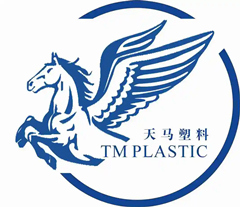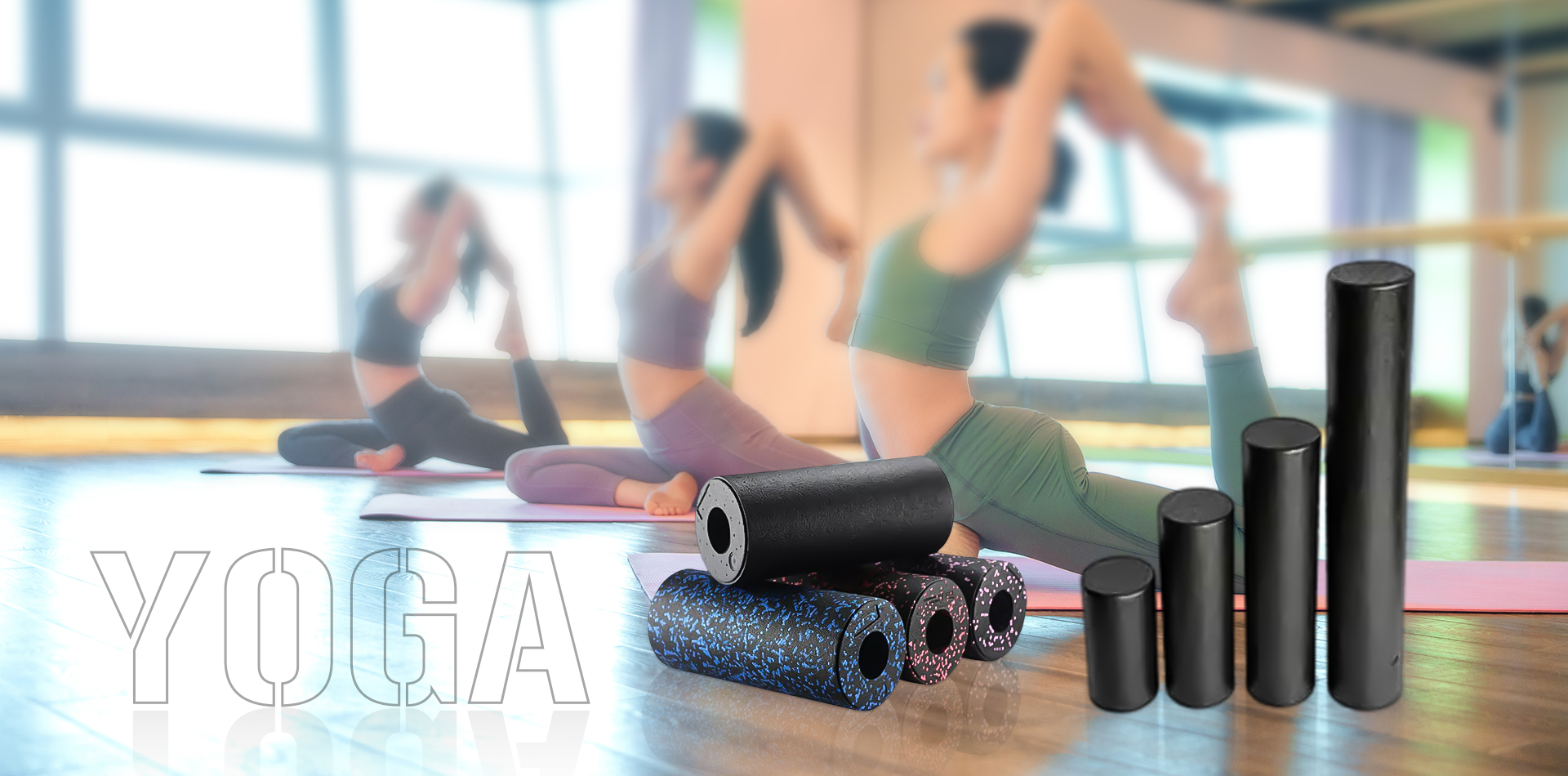Foam plastic is an aggregate formed by gas dispersed in solid polymer. Foam plastic has the advantages of light weight, heat insulation, cushioning, insulation, anti-corrosion, and low price. Therefore, it is widely used in daily necessities, packaging, industry, agriculture, transportation, military industry, and aerospace industry.
The more common foam plastics on the market mainly include polyurethane (PUR), polystyrene (PS), polyvinyl chloride (PVC), polyethylene (PE), phenolic resin (PF) and polypropylene (PP).
1. The limitations of PS, PE and PUR foam plastics and the advantages of
EPP In recent years, the demand for foamed plastics in the US market has continued to grow at a rate of 4.2% per year; since the 1990s in my country, the foamed plastics have developed rapidly, and the main varieties are PS, PE, and PUR. However, the above three types of materials have certain limitations. The performance is as follows:
◆ The chlorofluorocarbons used in the polystyrene (PS) foaming process will destroy the ozone layer of the atmosphere, and its products are difficult to degrade and cause "white pollution" to the environment. Therefore, the United Nations Environmental Protection Organization decided to stop using PS foaming products by 2005 . According to the "National Act on the Phase-out of Ozone-Depleting Substances in China", my country has determined to completely ban the use of chlorofluorocarbons in foam production before December 31, 2005.
◆ Polyurethane foam sheet has isocyanate residues that are harmful to the human body during the foaming process, and the foamed material cannot be recycled.
◆ The maximum service temperature of cross-linked polyethylene foam is 80°C. Similarly, polystyrene foam softens and deforms when heated to its glass transition temperature of 105°C.






